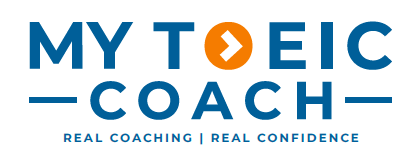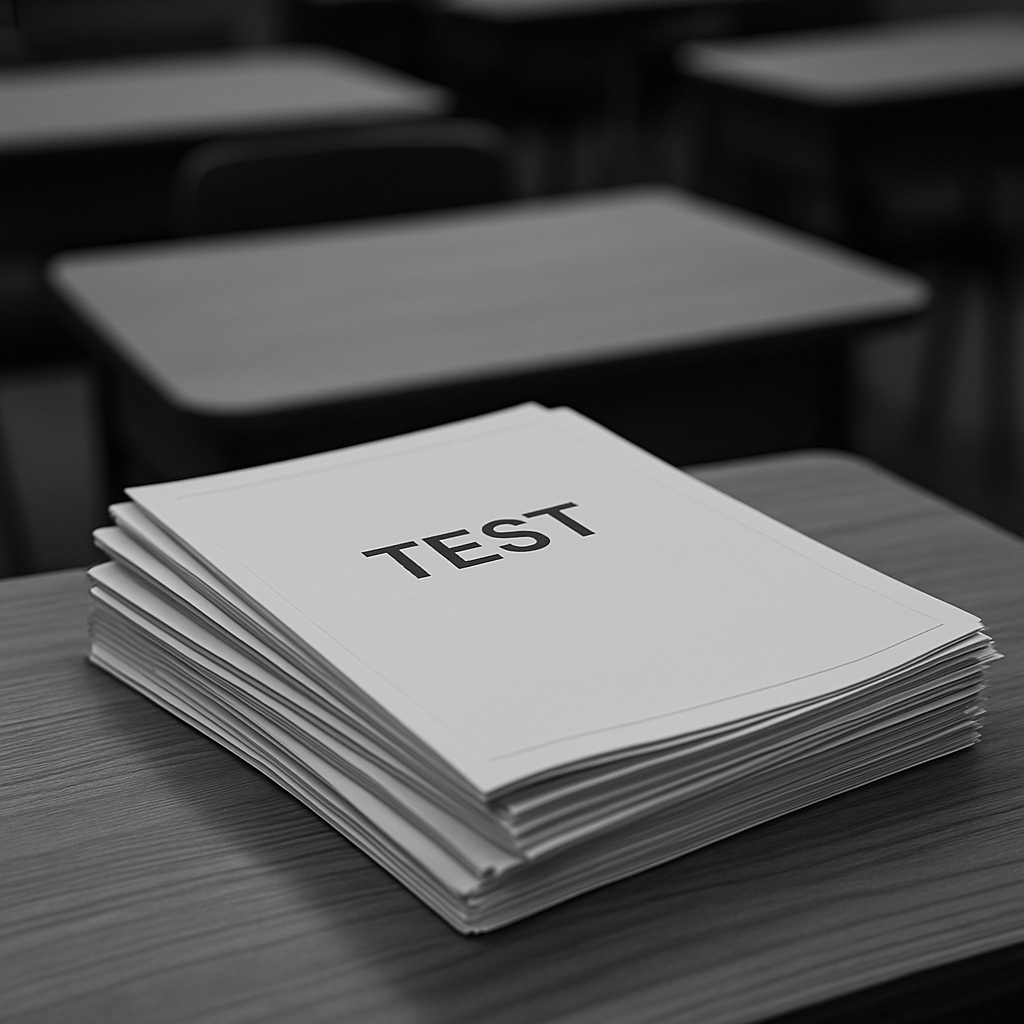TOEIC Part 1: Photographs – See Clearly, Listen Carefully, Score Higher
In TOEIC Listening Part 1, you’ll see one photo and hear four sentences.
Your job: pick the one that best matches the picture.
It sounds simple — but TOEIC loves small traps. To score well here, you need more than vocabulary. You need a sharp eye, focused listening, and a clear decision process.
Step 1 – Start with Your Eyes
Before the audio starts:
Look at the center of the image — that’s where the main action usually is.
Note who is in the photo and what they’re doing.
Check: standing, sitting, leaning, working, relaxing? How many people?
Don’t waste time imagining what might be happening off-camera. TOEIC only tests what’s visibly there.
Step 2 – Listen for the Action
When the sentences play, lock onto the verb.
The action in the sentence must exactly match the action in the photo.
If the audio says “He’s opening the box” but he’s only holding it — wrong answer.
Watch for small but powerful clues:
Prepositions: “on the table” ≠ “next to the table.”
Timing: “is opening” ≠ “is about to open.” TOEIC loves these differences.
Step 3 – Don’t Fall for the Keyword Trap
Hearing a familiar word like “printer” or “coffee” isn’t enough.
Ask: Does the entire sentence match the entire image?
Never pick an answer based on a single matching noun — connect the whole idea to the whole picture.
Step 4 – Match What You See, Not What You Imagine
Only choose answers based on visible facts.
If a sentence says “two people” and there are clearly three — it’s wrong.
If it says “sitting” and they’re standing — it’s wrong.
Wait for all four options before deciding. Sometimes the correct choice is the last one.
Step 5 – Think in Photo Types
Most Part 1 photos fall into three groups:
People – Actions, posture, clothing, tools.
Places – What kind of space it is and how it’s being used.
Objects – Locations and relationships between items.
Sorting them this way keeps your thinking clear under test pressure.
Step 6 – Train for Detail
Practice with TOEIC-style photos and short audios.
After each, ask: Why is this right? Why is this wrong?
Pay attention to posture, number of people, object position, and small grammar changes like “a chair” vs. “chairs.”
Step 7 – Stay Calm Under Speed
Part 1 moves fast. Sentences are short, but precision matters.
Miss one? Forget it — move on.
Use your training to spot patterns, block distractions, and answer with confidence.
You don’t need perfection in Part 1 — just steady improvement.
One photo at a time, your accuracy will rise — and so will your score.
You don’t need perfection in Part 1 — just steady improvement.
One photo at a time, your accuracy will rise — and so will your score.
For more strategies and resources to strengthen your Listening skills, check out the English Library Collection.

